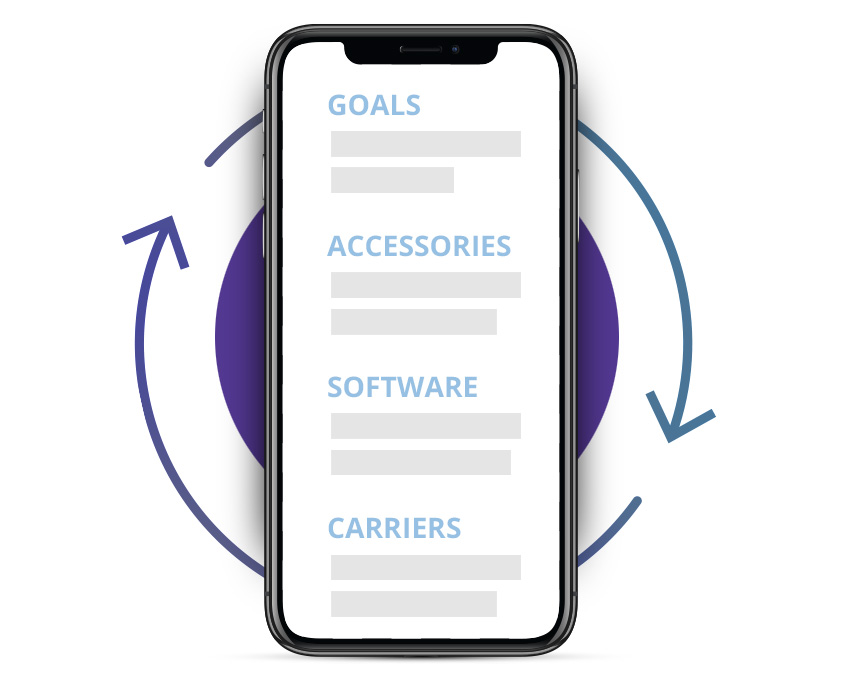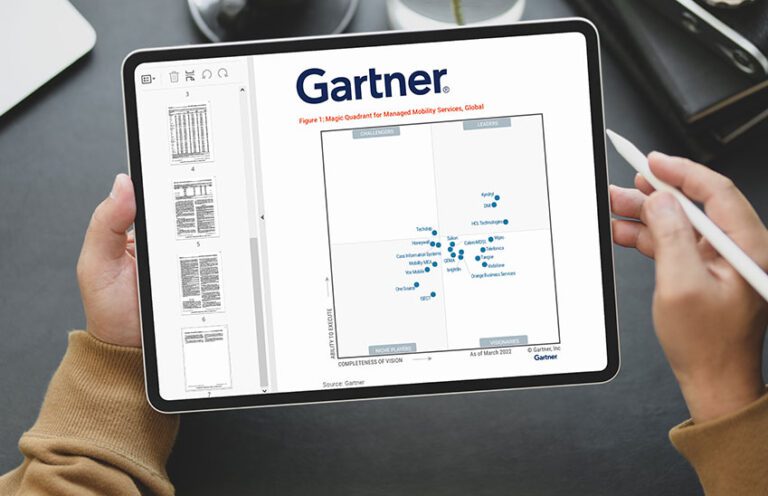Introduction to IT Procurement
It’s easy to assume that IT procurement is all about buying hardware, software, and other physical equipment. But that’s just the tip of the iceberg.
The truth is, there are many different types of procurement needs in every organization, and they all need to be met if your business is going to grow and thrive.
You may need hardware for your office or physical space—computers, printers, switches, routers, and more. You might need software for your employees’ use—programs like email clients or accounting tools. Or perhaps you have a specific type of software that needs to be purchased for one project or another. Obtaining goods and services for your business can be a fairly sophisticated and nuanced process, and with it can come a variety of challenges and problems.
IT Procurement Challenges
IT procurement is a challenge because it’s so complex and time-consuming. You need to manage several vendors, negotiate contracts, and oversee your budget. And then there’s the risk of not getting what you want or need when it comes time to make purchases.
Further complicating things is the fact that most companies don’t really know how to approach IT procurement in a strategic way—they just do their best to keep up with current needs as they come up. That can lead to missed opportunities, wasted money on unused products, and missed opportunities for cost savings down the road.
Here are some of the most common procurement mistakes you can make and how to avoid them:
1 – Jumping the gun
Keeping to a timeline is important, but make sure you give yourself enough time to look at different options before making major decisions about device provisioning. If you need to make a large order, be sure to check out which suppliers provide the best quality for the best price, so you are using your money to the best advantage.
2 – Trying to reinvent the wheel
When it comes to procurement, there are many software and programs that can help streamline your processes. If you aren’t using some kind of system to consolidate this information in one place and communicate with employees, it may be time to consider using one. Not only will it help your business be more organized, it will make the procurement process much more simple for you and your employees.
3 – Spending too much
When it comes to money, overspending is easy to do, but a costly mistake — literally. Using a centralized procurement system ensures you can leverage the best contracts to get the best prices on goods and services. This way departments across the enterprise can have a simple, streamlined solution to get the good and services they need faster while the company maintains control and compliance.
4 – Not looping people in on major decisions
If you’re making a decision that can affect several departments, loop them in on the options available. Be sure to communicate your progress along the way, and before submitting the final order, get feedback from each department involved. Over-communicating with these kind of decisions is always better than under-communicating.
5 – Not developing a relationship with your suppliers
Paying more attention to your supplier can help your business in many ways. Keeping track of communications with your supplier can help you be aware of special deals, programs, and new products, which can help you save money. Likewise, you may be tempted to just take the price at face value, but if you are respectful of your supplier and their business, you may be rewarded with the opportunity to negotiate the price down. It’s also a great idea to have prices from a variety of suppliers to ensure you are always getting the best prices.
6 – Not being flexible
While it’s important to have normal suppliers that take care of your business’s needs, there’s a chance that at some point along the road they might not have what you need right when you need it. In those cases, it’s important to be flexible and have other options available so that you can meet your own production deadlines. Similarly, if your supplier’s competitor comes to you with a better deal, and contracts allow, don’t be afraid to take it.

Mobile device provisioning with brightfin
brigthfin’s self-service and role-based access enables your organization to centralize all mobile fulfillment in a single location regardless of carrier, geography, or business unit. We make it simple to process requests for new devices, changes in plans or features, and disconnect services through integrations with your HRIS feed, carrier systems, and distributors. Your organization’s inventory is maintained in real-time based on the changes that are put in place by your organization and executed by our team.






